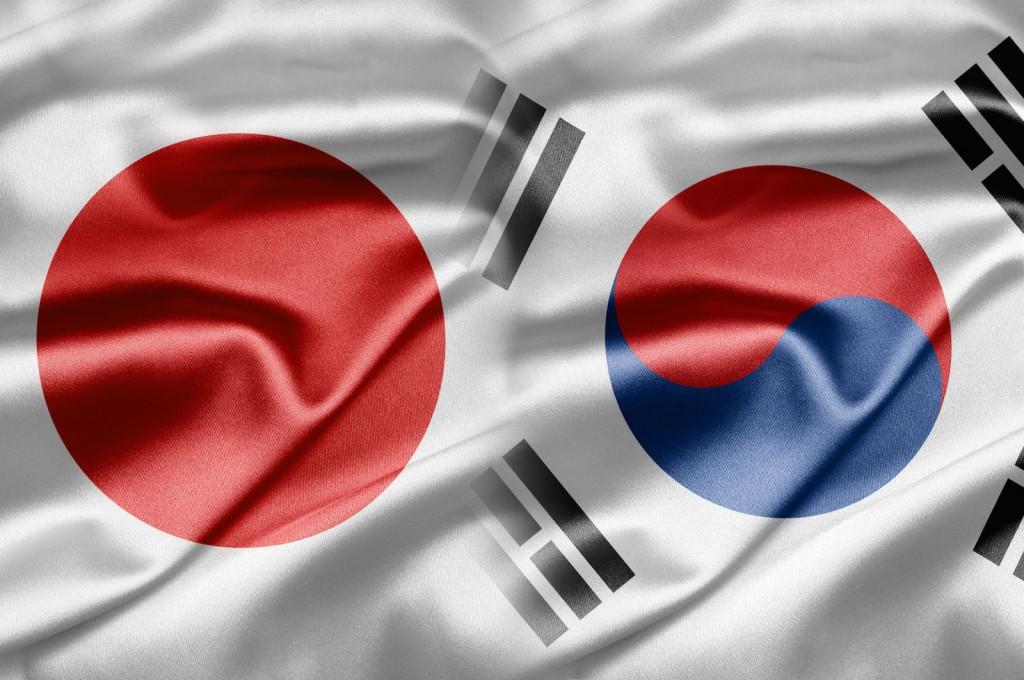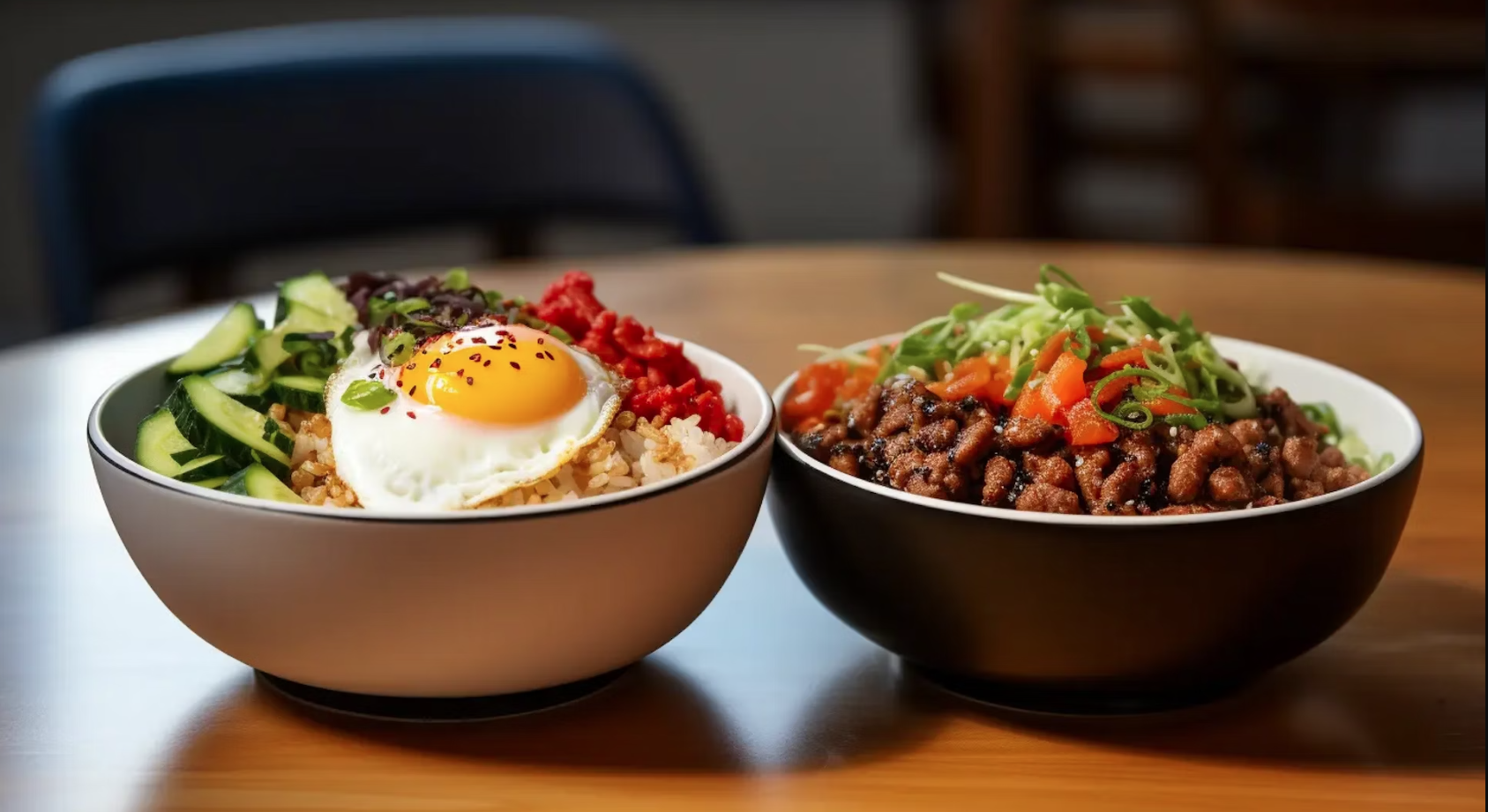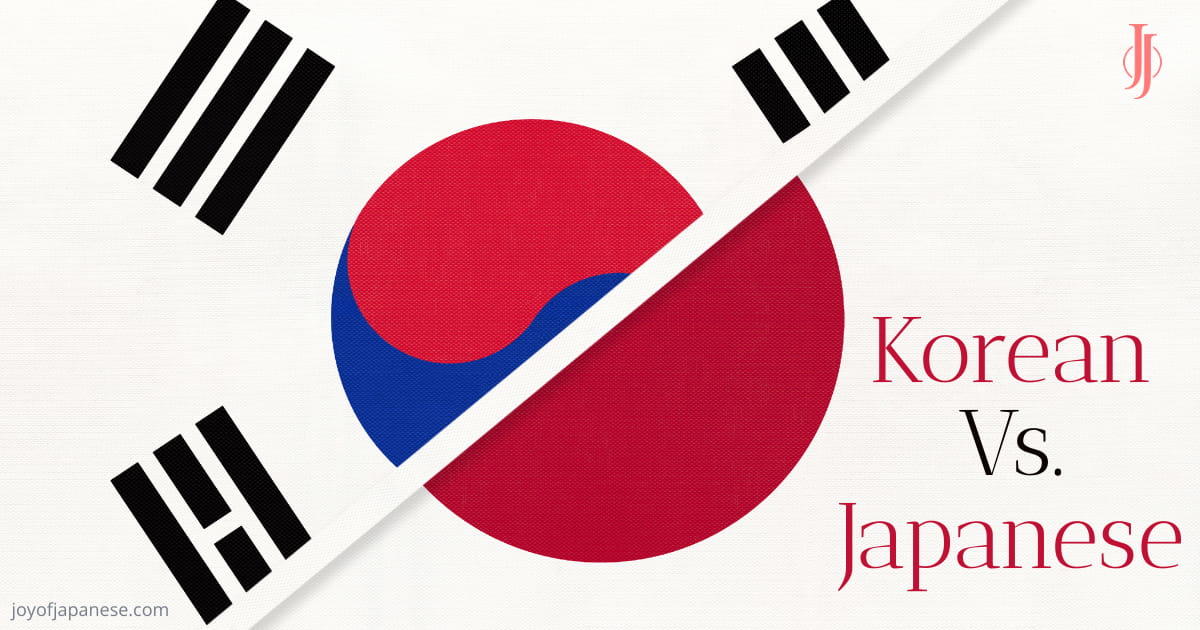Japan and Korea are culturally rich, historically significant East Asian countries that offer unique languages.
Many language enthusiasts and learners are intrigued by Japanese and Korean. Despite their proximity and shared influences, the languages differ significantly in grammar, pronunciation, and writing systems.
This blog explores the complexities of Japanese and Korean. It compares various aspects to help determine which language might be easier for English speakers, especially those in Canada.


Japanese or Korean: Which is Easier to Learn?
Many factors affect the decision on which is easier to learn. These include grammar, pronunciation, and the intricacies of their writing systems.
Grammar Complexity
Japanese grammar uses particles, verb conjugations, and varying levels of politeness.
Each verb can be conjugated in multiple ways, depending on the formality and context. The basic sentence structure is Subject-Object-Verb (SOV), which might be new to English speakers.
Korean grammar uses particles and has a verb-final sentence structure (SOV). But Korean grammar is often easier once you master the basics. The rules are consistent. Both languages require learners to understand formality and honorifics. These are deeply embedded in their cultures.
Research or ask other learners or professional tutors in this field to better understand basic Korean grammar.
Pronunciation
Japanese pronunciation is relatively straightforward, with limited sounds and no tonal variations. It has five vowel sounds and a syllable-timed rhythm. This makes it easier for English speakers to grasp.
Korean pronunciation is complex. It has sounds not found in English. These include double consonants and distinctions between aspirated and non-aspirated ones. Mastering these minor differences can be challenging. However, the precise rules of Hangul (the Korean alphabet) help us learn smoothly.
Writing Systems
Japanese uses three scripts: Hiragana, Katakana, and Kanji.
Hiragana and Katakana are phonetic. Kanji consists of thousands of characters borrowed from Chinese. Each has multiple readings. Learning Kanji is often the most daunting task for Japanese learners.
The Korean writing system, Hangul, is known for its logical and systematic design. With just 24 characters, Hangul is considered one of the easiest alphabets to learn. However, advanced learners may need to recognize some Hanja. Hanja are Chinese characters used in specific contexts.
Japanese and Korean: Similarities and Differences
Despite being different languages, Japanese and Korean share some similarities because of historical and cultural exchanges. They also have significant differences that affect the learning process.
Historical Influences
The Chinese have influenced Japanese and Koreans, particularly in their writing systems and vocabulary. This shared influence can help students who know Chinese, making vocabulary learning more straightforward.
Due to their joint interactions with China, Japanese and Koreans share significant similarities in linguistic structure, cultural practices, and historical influences. We hope our complete guide to learning Korean gives you more insight into the process of mastering this language.
They also possess distinct phonological, lexical, and scriptural differences. China's historical influence is evident in both languages' use of Chinese characters and the adoption of Chinese cultural and philosophical concepts, shaping their unique identities while reflecting a shared heritage.

Grammar Comparison: Japanese vs. Korean
Understanding Japanese and Korean grammatical differences and similarities is crucial for learners. Both languages have unique grammatical features that impact their learning curve. We will investigate grammar more deeply to understand its importance in language distinction better.
Verb Conjugations
Japanese: Earlier, we mentioned that Japanese verbs conjugate based on tense, mood, and politeness level. There are numerous forms to learn, such as the plain form, polite form, and various tenses. For example, the verb "to eat" conjugates as follows:
- Plain form: 食べる (taberu)
- Polite form: 食べます (tabemasu)
- Past form: 食べた (tabeta)
Korean: Korean verbs also conjugate based on tense and formality, but the conjugation rules are more regular. For instance, the verb "to eat" conjugates as follows:
- Plain form: 먹다 (meokda)
- Polite form: 먹습니다 (meokseumnida)
- Past form: 먹었다 (meogeotda)
Particle Usage
Both languages use particles to show grammar functions. Japanese has more types of particles with subtler uses, while Korean numerous particles tend to have more straightforward applications.
Sentence Structure
Unlike the English SVO format, both languages employ a verb-final sentence structure (SOV). However, Japanese sentences rely heavily on context. They can omit subjects and objects, which confuses beginners. Korean sentences are more explicit and have a more transparent structure once the basic grammar is understood.

Pronunciation and Phonetics: Japanese vs. Korean
Pronunciation and phonetics play a significant role in language learning. Japanese and Korean have distinct phonetic systems that can challenge learners differently.
Japanese Phonetics
Japanese has a relatively simple phonetic system. The language features five distinct vowel sounds (a, i, u, e, o) and a limited set of consonant sounds. Japanese is syllable-timed, meaning each syllable is pronounced for roughly the same duration. For example, "こんにちは" (konnichiwa) is pronounced with equal stress on each syllable.
Korean Phonetics
Korean phonetics are complex. They include double consonants and distinctions between aspirated and non-aspirated ones. Korean is also syllable-timed, but pronouncing certain sounds can be challenging. For example, the distinction between "ㅂ" (b) and "ㅍ" (p) requires precise articulation. Words like "발" (bal –meaning foot) and "팔" (pal –meaning arm) illustrate these differences.
Tonal and Rhythmic Differences
Japanese syllable-timed seems to be more convenient to learn. It has no tone, which can be easier for English speakers. Korean is also syllable-timed, but it has more subtle sounds. Mastering it requires careful practice and repetition.
Learning Curve: How Long Does it Take to Learn Korean or Japanese?
Proficiency in Japanese or Korean depends on many factors, including prior language learning, dedication, and resources.
On average, learners can expect several years of study and must study consistently to reach an advanced level.
Japanese Learning Curve
Mastering the Japanese writing system takes time. You must learn all three languages: Hiragana, Katakana, and Kanji. Learning grammar and vocabulary also need much effort. This is because verbs are complex, and there are many levels of politeness.
Korean Learning Curve
Learning Hangul is quick and easy. But pronunciation and advanced grammar take time to master. Despite this, Korean grammar is regular. It can make learning smoother once you understand the basics.
Learning Korean is not complicated, and you can learn the language smoothly with consistency and dedication.
Language Learning Resources: Enhancing Your Journey
Using practical language learning resources is crucial for progressing in Japanese or Korean.
Platforms like Superprof offer personalized language tutoring. They help Canadian learners get tailored support and speed up their learning.
Superprof provides access to experienced tutors. These tutors can offer one-on-one lessons tailored to the learner's needs and goals. A Korean tutor's personalized approach can make a big difference in mastering the complexities of Japanese or Korean.
Online Platforms and Apps
Duolingo:
This application, based on gameplay, allows individuals to learn Korean. It has simple lessons ranging from vocabulary to simple sentences and even grammar in the form of games.
Features:
- Short teachable moments can be incorporated into a student's day-to-day activities.
- Opportunity to learn the correct pronunciation and usage of the highlighted vocabulary from the teacher instantly.
- Tracking system to track the progress made in case of a project.
Accessibility: Free with the paid version, removing ads and offering more features.
Talk To Me In Korean (TTMIK):
TTMIK offers extensive ways of teaching Korean to its listeners through audio, video, and written tutorials. It provides education for all classes and gives the beginner and the advanced learner a chance.
Features:
- Well-structured lessons with a teacher from a junior class involve learners in an organized and progressive set of instructions.
- The use of native speakers offers a natural way of pronunciation and implicit usage of the material in the cultural setting of the language.
- Extra contents include a workbook, quizzes, and an active community.
Accessibility: Most of the content is available for free, although there is paid content that you have to pay for access to.

Conclusion:
The debates about learning an easier language depend on personal preferences and learning styles.
There is a choice between Japanese and Korean. Japanese presents challenges with its many writing systems, but its pronunciation might be easier for some learners. Conversely, Korean Hangul simplifies reading and writing, but its pronunciation can be tricky.
Both languages provide distinct benefits and cultural understanding in their own ways. Engaging with language tutoring platforms like Superprof can provide custom support and improve the learning experience for Canadian learners.
Learning a new language will open cultural horizons and opportunities, whether you choose Japanese or Korean.















